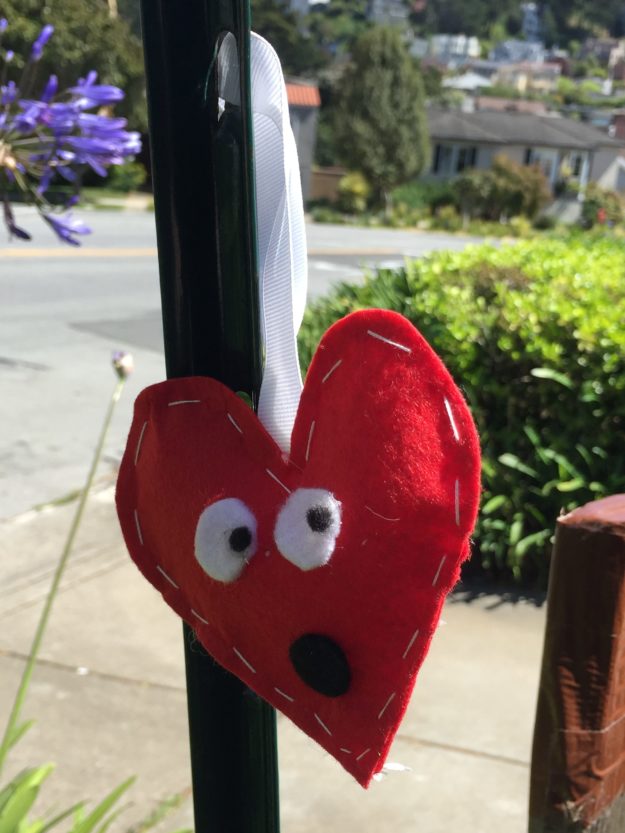 For many nonprofits, the yearly annual report is often just another task on a very long to-do list. Most charities are juggling a lot—development, program maintenance, fundraising, and more—and the annual report can feel like yet another mandatory routine project. One that often gets handled at the last minute without much intentional care and effort.
For many nonprofits, the yearly annual report is often just another task on a very long to-do list. Most charities are juggling a lot—development, program maintenance, fundraising, and more—and the annual report can feel like yet another mandatory routine project. One that often gets handled at the last minute without much intentional care and effort.
Even though annual reports are an industry standard, most nonprofits don’t realize how fruitful an effective annual report can be. An annual report that prioritizes storytelling, transparency, interactivity, and more can actually bolster donation solicitation efforts and become a lucrative fundraising tool.
Before we jump into the nitty gritty of strategic annual reporting, let’s cover the basics.
What is an annual report?
Think of an annual report as a “year in review”—like a yearbook of sorts, but for donors, supporters, and partners to look at the highlights of any given year at your organization. Of course, a lot can happen in a year (nonprofits know that best), but with an annual report, you can summarize all the year’s milestones including your impact, accomplishments, new developments, and more.
Annual reports can be created and presented in a variety of ways—both digitally and in print. Depending on the needs, audience, or even constraints of the individual nonprofit, you might choose to create a printed booklet or pamphlet (which could then be mailed to supporters and donors or handed out at events). Or, in line with more frequent developments in the space, you could turn to digital software tools to create an annual report that intrigues readers with more vibrant visual elements like photos, videos, and clickable links.
What does an annual report include?
Every nonprofit’s annual report is different, depending on its mission, values, impact, audience, and more. However, most organizations include a few standard elements:
- Stated mission and values
- Accurate financial data
- Examples of impact
- Major accomplishments
- Program and initiative assessments
- Event highlights and recaps
- Donor and board member lists
- Contact information
Though every nonprofit is required to submit a Form 990, most organizations take their reporting a step further and create a yearly review that includes more audience-centric material (like the topics listed above).
Now that we’ve covered the basics, let’s dig into the best part of annual reporting—the ability to create the ultimate fundraising tool.
5 Ways Effective Annual Reporting Drives Donations



 Everyone knows storytelling = good
Everyone knows storytelling = good









 Full confession: I’ve used the
Full confession: I’ve used the 




 Can the act of philanthropy make people feel better?
Can the act of philanthropy make people feel better?
 When you’re not aware you’re making a mistake, it’s hard to avoid it.
When you’re not aware you’re making a mistake, it’s hard to avoid it.





 Your nonprofit’s story is the whole ball of wax.
Your nonprofit’s story is the whole ball of wax.


 People are wired for stories
People are wired for stories

 What must you keep top of mind to have meaningful conversations with donors who (you hope!) may contemplate a gift to your organization?
What must you keep top of mind to have meaningful conversations with donors who (you hope!) may contemplate a gift to your organization?






 When you’re not aware you’re making a mistake, it’s hard to avoid it.
When you’re not aware you’re making a mistake, it’s hard to avoid it.
 Did you ever wonder if there is a foolproof way to communicate with donors?
Did you ever wonder if there is a foolproof way to communicate with donors?
 For many nonprofits, the yearly annual report is often just another task on a very long to-do list. Most charities are juggling a lot—development, program maintenance, fundraising, and more—and the annual report can feel like yet another mandatory routine project. One that often gets handled at the last minute without much intentional care and effort.
For many nonprofits, the yearly annual report is often just another task on a very long to-do list. Most charities are juggling a lot—development, program maintenance, fundraising, and more—and the annual report can feel like yet another mandatory routine project. One that often gets handled at the last minute without much intentional care and effort. Have you started working on your annual appeal and year-end fundraising plan?
Have you started working on your annual appeal and year-end fundraising plan?
 Fundraising copywriter extraordinaire, Lisa Sargent, recently shared a brilliant piece of writing on the Moceanic blog. Appropriately, the subject matter – “6 Winning Ways to Start Your Next Fundraising Appeal” — was all about brilliant writing. Specifically, fundraising appeal writing. I commend the full article to you, as she fills it with juicy, specific examples. But if you’re short on time, here are the key take-aways – plus some of my own thoughts and examples — to get your reader well “into” your appeal – right from the get go!
Fundraising copywriter extraordinaire, Lisa Sargent, recently shared a brilliant piece of writing on the Moceanic blog. Appropriately, the subject matter – “6 Winning Ways to Start Your Next Fundraising Appeal” — was all about brilliant writing. Specifically, fundraising appeal writing. I commend the full article to you, as she fills it with juicy, specific examples. But if you’re short on time, here are the key take-aways – plus some of my own thoughts and examples — to get your reader well “into” your appeal – right from the get go!
 Does proving your point persuade your nonprofit donor?
Does proving your point persuade your nonprofit donor? Babies can teach you the same thing.
Babies can teach you the same thing.









 How often have you heard someone say “I hate fundraising; I’ll do anything else,” or something along those lines?
How often have you heard someone say “I hate fundraising; I’ll do anything else,” or something along those lines?